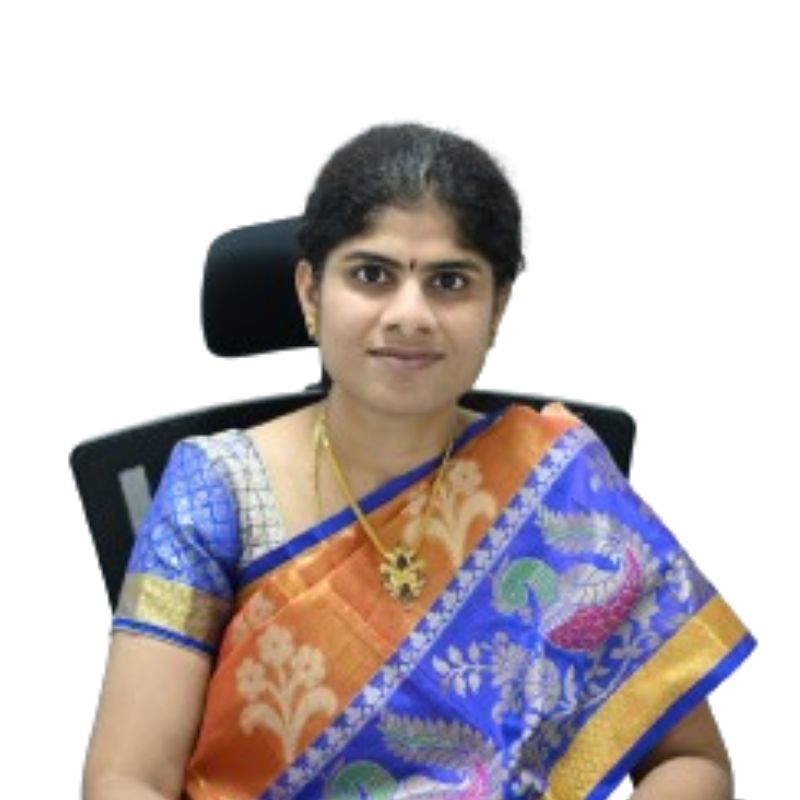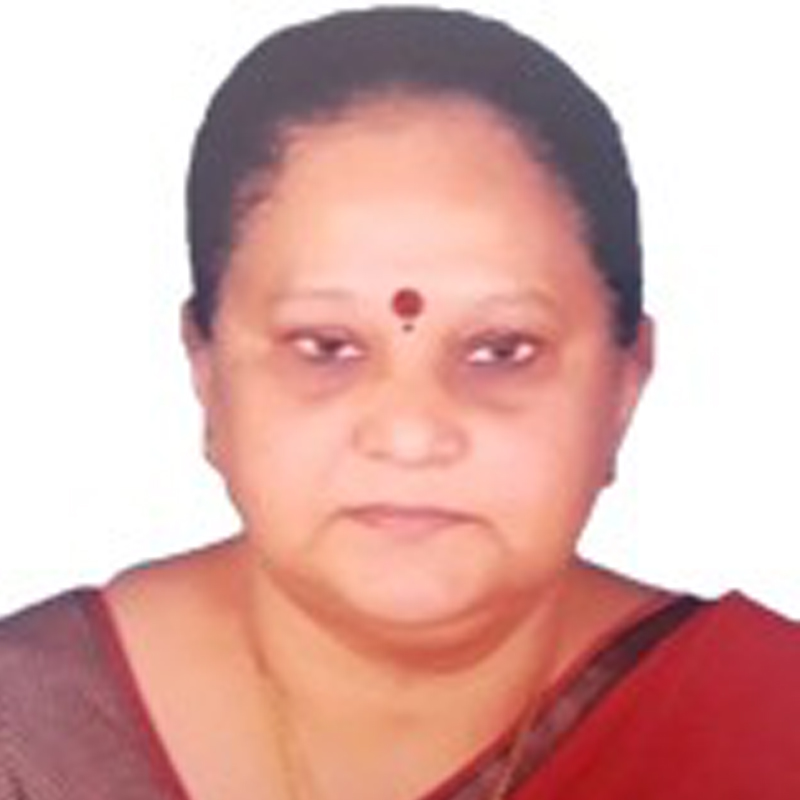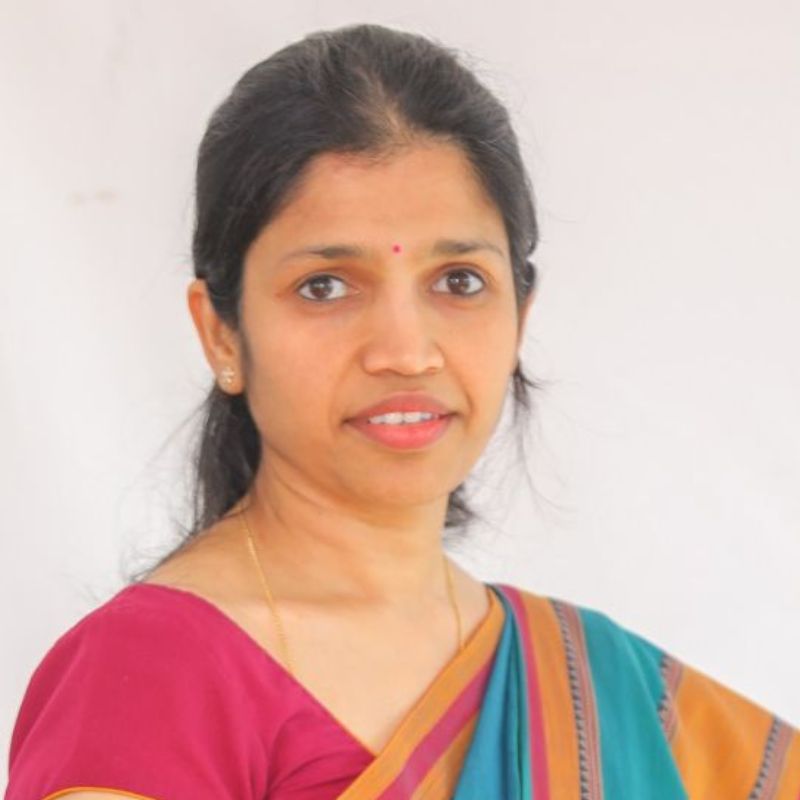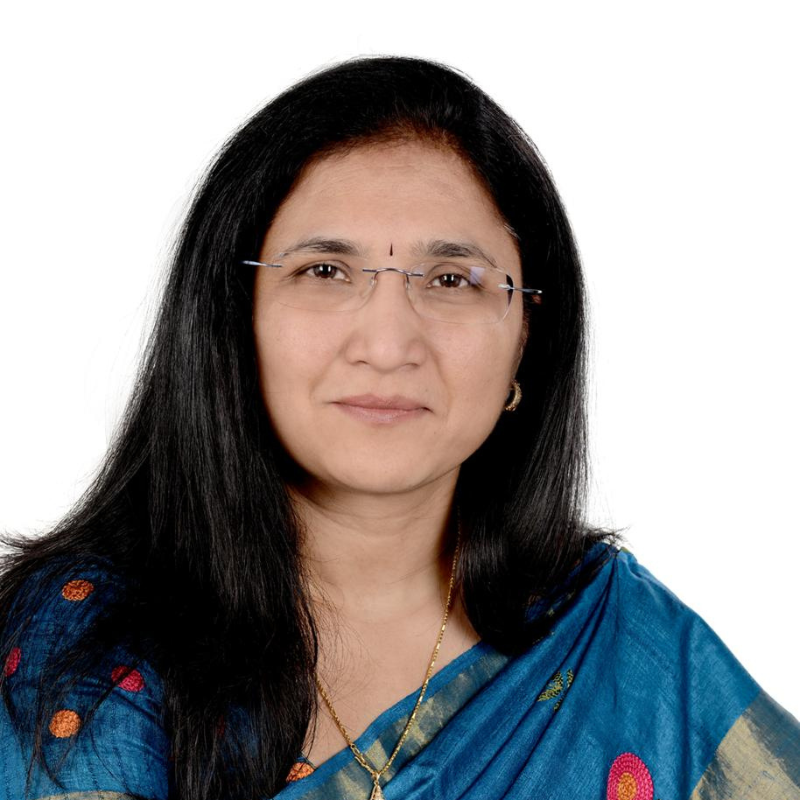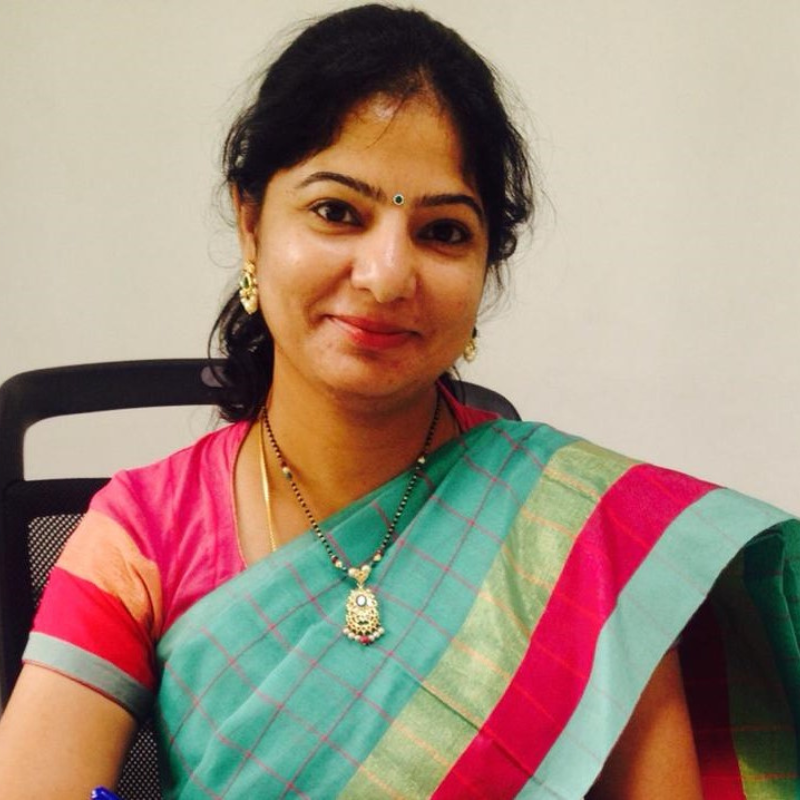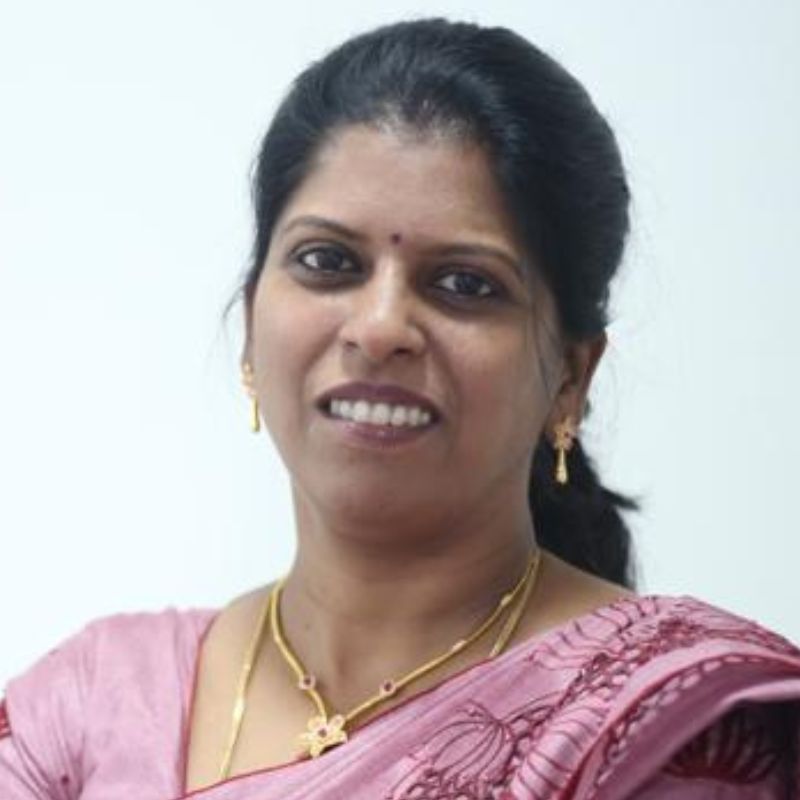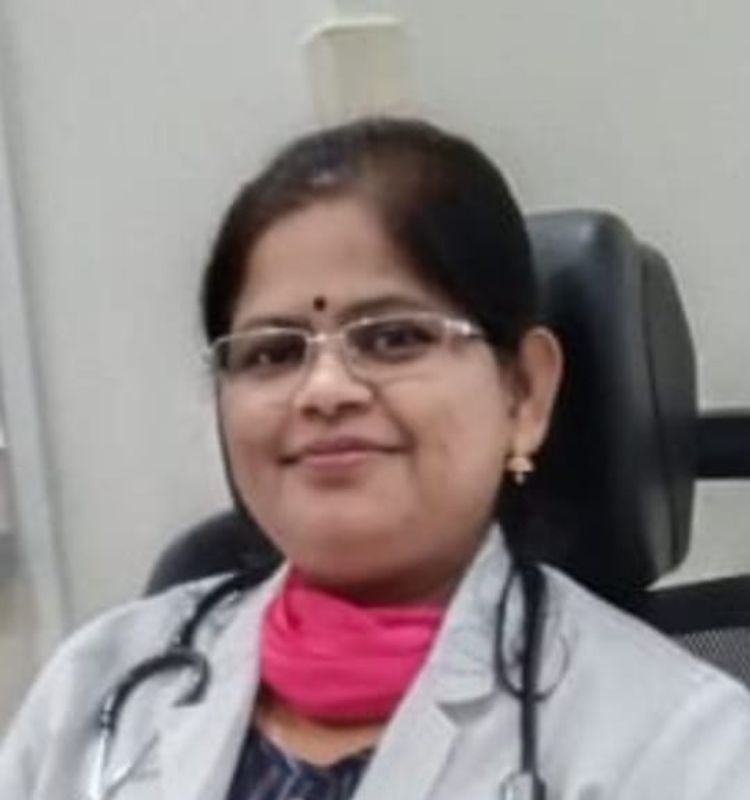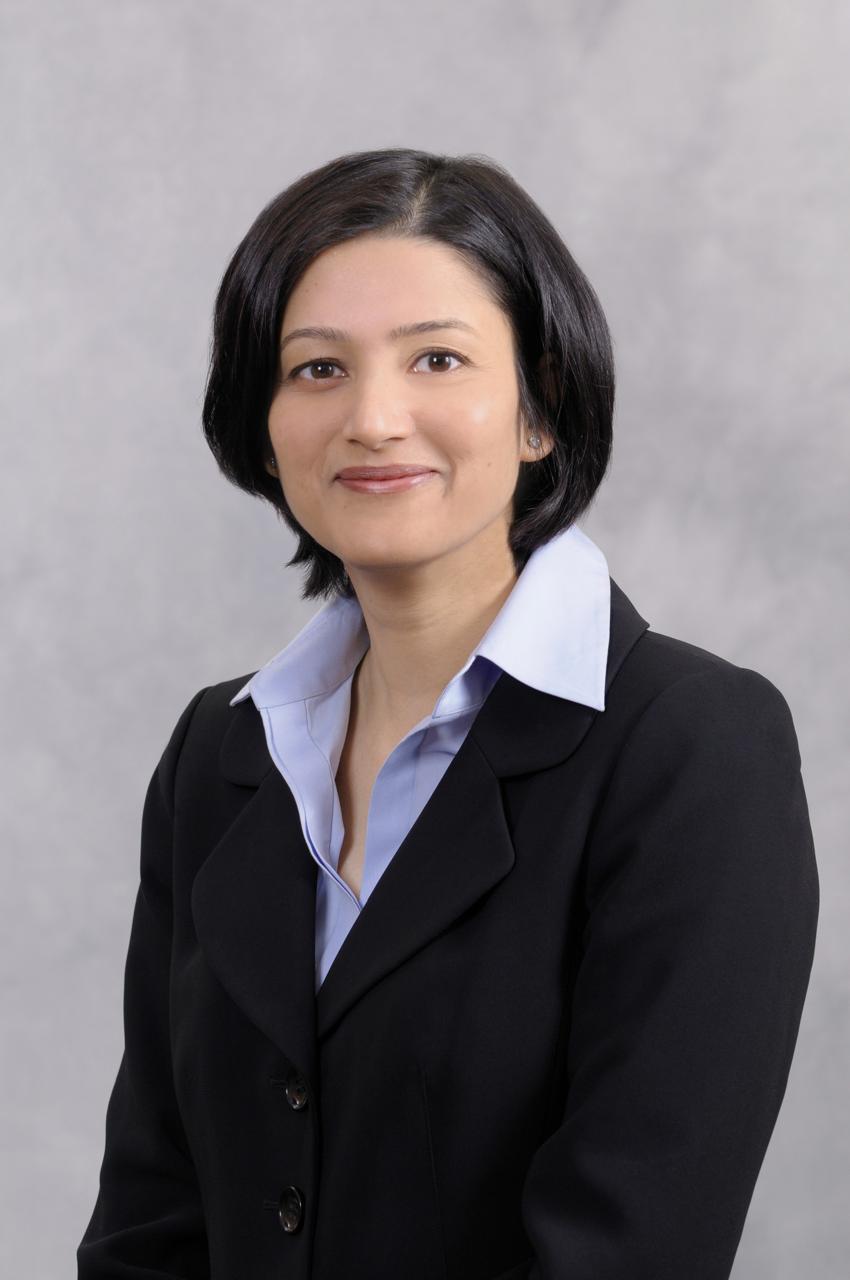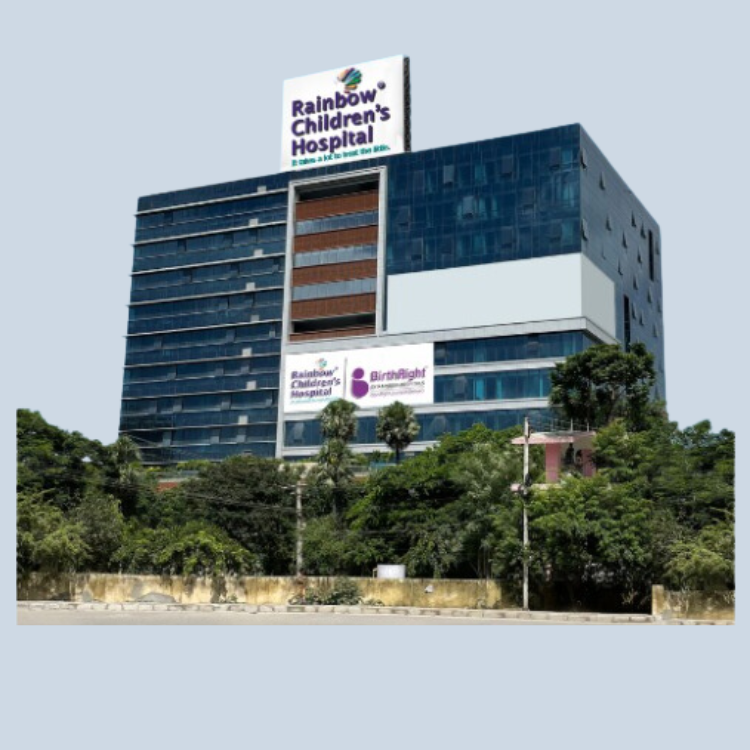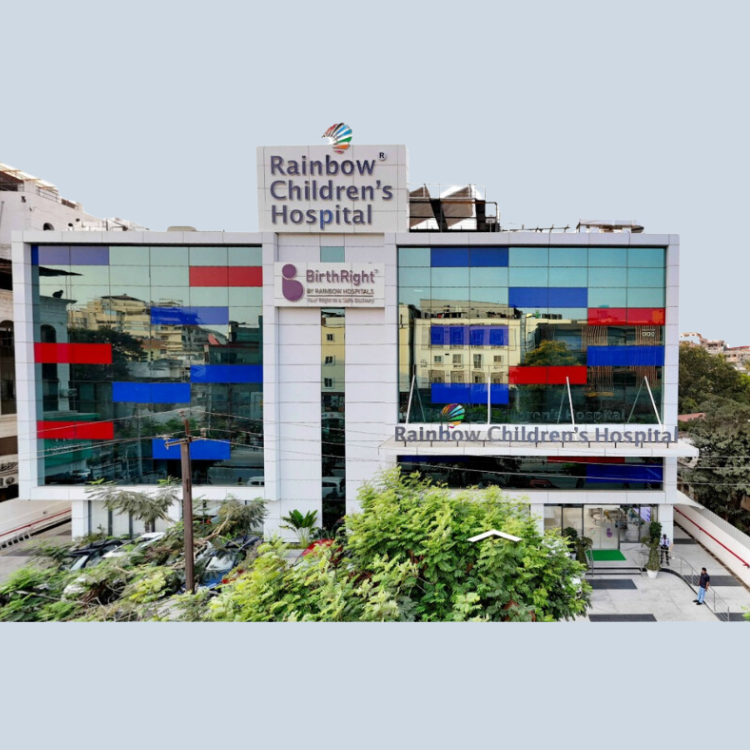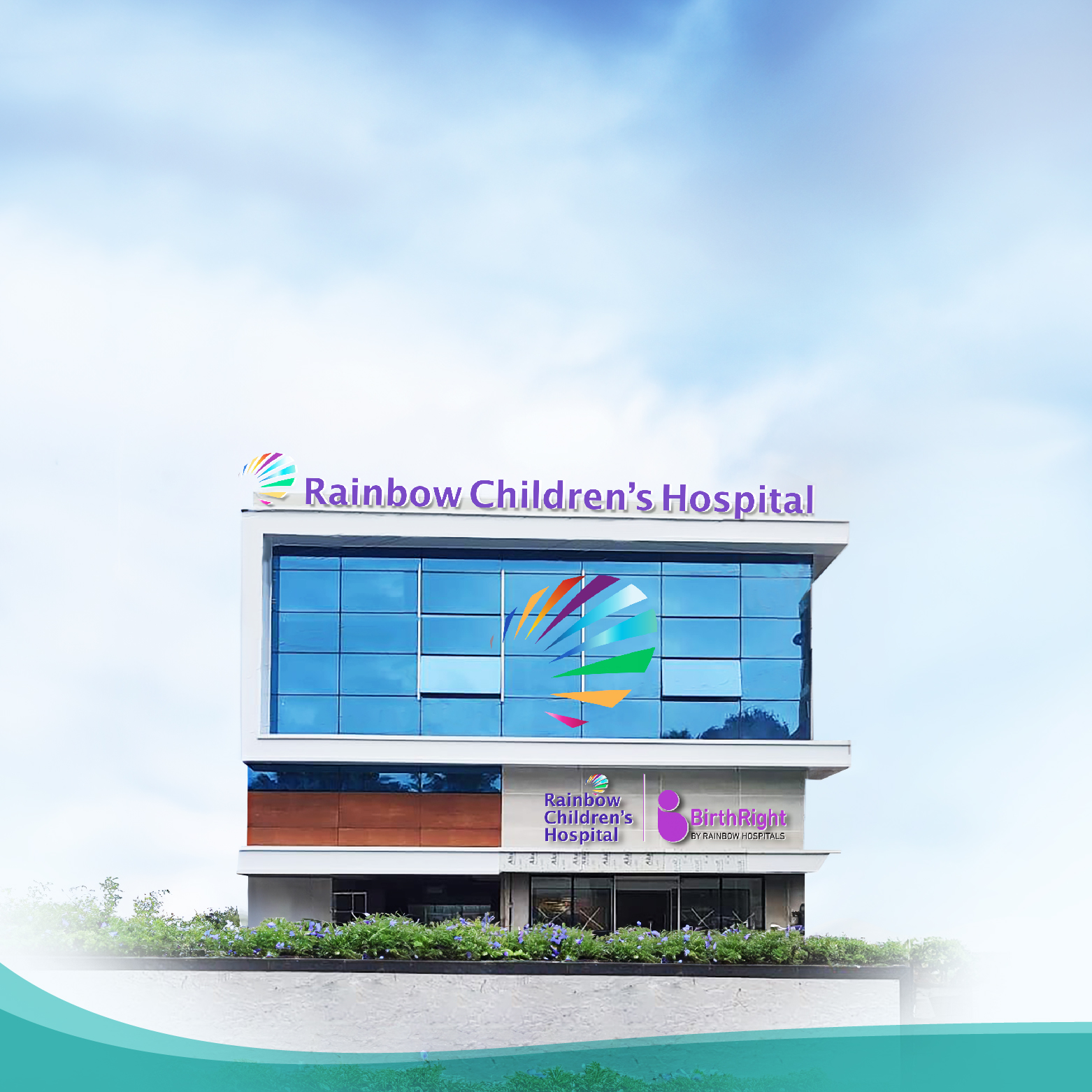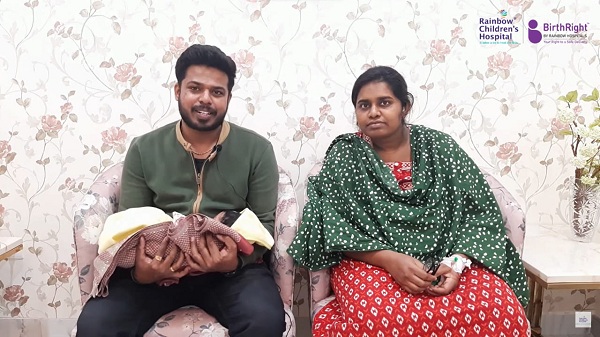Seamless support from diagnosis to post treatment care
Breast Care Clinic
Ensuring breast health is imperative for women of all ages, spanning adolescence, reproductive, and post-menopausal stages. Understanding and monitoring the changes in breasts during these phases is crucial. Breast conditions encompass both non-cancerous and cancerous issues, demanding careful management by a specialized breast expert and evidence-based treatment. With Breast Cancer incidence rising alarmingly, women must receive counseling on early breast self-examination and screening. Modern treatment advances now enable the preservation of breasts even in cases of cancer. At BirthRight by Rainbow Hospitals, our adept oncologists offer a spectrum of services:
Surgery: Tailored procedures such as Breast Conservation Surgery, Mastectomy, or Axillary Surgery.
Chemotherapy: Utilizing anti-cancer drugs intravenously or orally to annihilate cancer cells.
Radiotherapy: Precisely administered high-energy X-rays targeting localized cancer cells in the breast and surrounding tissues.
Hormone Therapy: Targeting estrogen and progesterone receptors in tumors through various hormonal therapies.
Targeted Therapy: Employing drugs that inhibit cancer growth by interfering with specific cellular processes. Therapy selection is contingent on the distinct features of the breast cancer in question.
..
Find a Doctor
Expertise you can trust, Meet our esteemed doctors who bring exceptional knowledge, compassion, and innovation to provide top-notch care for your health and well-being.
Our Hospitals and ClinicsOur Hospitals and Clinics
Rainbow Children's Hospital stands as a testament to the hospital's continual pursuit of excellence and innovation, providing specialized care for women and children.
Request a Call back
Tap to Fill FormRequest a Call back
Blogs
Discover our most recent health articles provided by our reliable experts.
What Are People Saying About Us
Embark on a journey of inspiration and hope with our patient success stories, complemented by informative videos from our dedicated doctors.
There are several signs of warning in order to know if something is wrong with your breasts. However, there are some symptoms which are the most common in women suffering from breast related issues.
Breast lump with or without pain.
Nipple retraction or clear or bloody discharge without squeezing.
Skin changes such as dimpling or puckering, unusual redness and thickening.
Look for change in the size and shape of the breast (larger or smaller).
Swelling of the breast or the underarms.
Unusual pain not related to menstrual cycle.
Nipple crusting or redness which persists.
Clinical breast examination (CBE)
Imaging- Mammography, Ultrasound, MRI
We should be aware of how our breasts look and feel normally. To keep checking the same, the best time is
Premenstrual women- After the menses have stopped for the month.
Post-menopausal women- On any one selected day every month.
BSE is recommended in women above the age of 25.
\r\nBreast Self-examination (BSE)\r\nClinical breast examination (CBE)\r\nImaging- Mammography, Ultrasound, MRI\r\nWe should be aware of how our breasts look and feel normally. To keep checking the same, the best time is\r\n\r\nPremenstrual women- After the menses have stopped for the month.\r\nPost-menopausal women- On any one selected day every month.\r\nBSE is recommended in women above the age of 25.\r\nThere are 2 steps of BSE-\r\n\r\n1. Look\r\n\r\nStand in front of the mirror with arms on the hips (Use a picture)\r\nLook for signs of lumps, skin changes such as dimpling, bulging or redness or change in the size.\r\nLook for change in the position or an inversion of the nipple.\r\nYou may raise your arms to look for skin changes or signs in the arm pit or under the breast.\r\n2. Feel\r\n\r\nLie down on a bed with a pillow under the head and arm under the neck.\r\nUsing the pad 3 middle fingers of the opposite hand, feel your breast.\r\nEither in a circular manner or up to down and side to side.\r\nCover your entire breast from the collar bone to the top of your abdomen, below the breast, along the outer part of the breast to the armpit and till your cleavage.\r\nInclude the nipple and slightly squeeze the nipple.\r\nRepeat in the opposite breast.\r\nBegin examination with a soft touch and then increase pressure to feel the deep tissue.\r\nClinical breast examination (CBE)-\r\nRecommended for all women once a year after 30 years of age. It is done by a health care professional.\r\nMammogram-\r\n\r\n Low energy X ray examination of the breasts that help in early detection of cancer or precancerous cells.\r\nDigital Mammogram provides an electronic image.\r\nRecommended annually from 40 (Ultrasound for <40 years. It is a clinical decision).\r\nNote- Please do not be afraid of the pain from a mammogram as it is minimal. Also, the benefits outweigh the cons. :12929, 3,, 15 Merriweather There are 2 steps of BSE-
\r\nBreast Self-examination (BSE)\r\nClinical breast examination (CBE)\r\nImaging- Mammography, Ultrasound, MRI\r\nWe should be aware of how our breasts look and feel normally. To keep checking the same, the best time is\r\n\r\nPremenstrual women- After the menses have stopped for the month.\r\nPost-menopausal women- On any one selected day every month.\r\nBSE is recommended in women above the age of 25.\r\nThere are 2 steps of BSE-\r\n\r\n1. Look\r\n\r\nStand in front of the mirror with arms on the hips (Use a picture)\r\nLook for signs of lumps, skin changes such as dimpling, bulging or redness or change in the size.\r\nLook for change in the position or an inversion of the nipple.\r\nYou may raise your arms to look for skin changes or signs in the arm pit or under the breast.\r\n2. Feel\r\n\r\nLie down on a bed with a pillow under the head and arm under the neck.\r\nUsing the pad 3 middle fingers of the opposite hand, feel your breast.\r\nEither in a circular manner or up to down and side to side.\r\nCover your entire breast from the collar bone to the top of your abdomen, below the breast, along the outer part of the breast to the armpit and till your cleavage.\r\nInclude the nipple and slightly squeeze the nipple.\r\nRepeat in the opposite breast.\r\nBegin examination with a soft touch and then increase pressure to feel the deep tissue.\r\nClinical breast examination (CBE)-\r\nRecommended for all women once a year after 30 years of age. It is done by a health care professional.\r\nMammogram-\r\n\r\n Low energy X ray examination of the breasts that help in early detection of cancer or precancerous cells.\r\nDigital Mammogram provides an electronic image.\r\nRecommended annually from 40 (Ultrasound for <40 years. It is a clinical decision).\r\nNote- Please do not be afraid of the pain from a mammogram as it is minimal. Also, the benefits outweigh the cons. :12929, 3,, 15 Merriweather 1. Look
Stand in front of the mirror with arms on the hips (Use a picture)
Look for signs of lumps, skin changes such as dimpling, bulging or redness or change in the size.
Look for change in the position or an inversion of the nipple.
You may raise your arms to look for skin changes or signs in the arm pit or under the breast.
\r\nBreast Self-examination (BSE)\r\nClinical breast examination (CBE)\r\nImaging- Mammography, Ultrasound, MRI\r\nWe should be aware of how our breasts look and feel normally. To keep checking the same, the best time is\r\n\r\nPremenstrual women- After the menses have stopped for the month.\r\nPost-menopausal women- On any one selected day every month.\r\nBSE is recommended in women above the age of 25.\r\nThere are 2 steps of BSE-\r\n\r\n1. Look\r\n\r\nStand in front of the mirror with arms on the hips (Use a picture)\r\nLook for signs of lumps, skin changes such as dimpling, bulging or redness or change in the size.\r\nLook for change in the position or an inversion of the nipple.\r\nYou may raise your arms to look for skin changes or signs in the arm pit or under the breast.\r\n2. Feel\r\n\r\nLie down on a bed with a pillow under the head and arm under the neck.\r\nUsing the pad 3 middle fingers of the opposite hand, feel your breast.\r\nEither in a circular manner or up to down and side to side.\r\nCover your entire breast from the collar bone to the top of your abdomen, below the breast, along the outer part of the breast to the armpit and till your cleavage.\r\nInclude the nipple and slightly squeeze the nipple.\r\nRepeat in the opposite breast.\r\nBegin examination with a soft touch and then increase pressure to feel the deep tissue.\r\nClinical breast examination (CBE)-\r\nRecommended for all women once a year after 30 years of age. It is done by a health care professional.\r\nMammogram-\r\n\r\n Low energy X ray examination of the breasts that help in early detection of cancer or precancerous cells.\r\nDigital Mammogram provides an electronic image.\r\nRecommended annually from 40 (Ultrasound for <40 years. It is a clinical decision).\r\nNote- Please do not be afraid of the pain from a mammogram as it is minimal. Also, the benefits outweigh the cons. :12929, 3,, 15 Merriweather 2. Feel
Lie down on a bed with a pillow under the head and arm under the neck.
Using the pad 3 middle fingers of the opposite hand, feel your breast.
Either in a circular manner or up to down and side to side.
Cover your entire breast from the collar bone to the top of your abdomen, below the breast, along the outer part of the breast to the armpit and till your cleavage.
Include the nipple and slightly squeeze the nipple.
Repeat in the opposite breast.
Begin examination with a soft touch and then increase pressure to feel the deep tissue.
Clinical breast examination (CBE)-
Recommended for all women once a year after 30 years of age. It is done by a health care professional.
\r\nBreast Self-examination (BSE)\r\nClinical breast examination (CBE)\r\nImaging- Mammography, Ultrasound, MRI\r\nWe should be aware of how our breasts look and feel normally. To keep checking the same, the best time is\r\n\r\nPremenstrual women- After the menses have stopped for the month.\r\nPost-menopausal women- On any one selected day every month.\r\nBSE is recommended in women above the age of 25.\r\nThere are 2 steps of BSE-\r\n\r\n1. Look\r\n\r\nStand in front of the mirror with arms on the hips (Use a picture)\r\nLook for signs of lumps, skin changes such as dimpling, bulging or redness or change in the size.\r\nLook for change in the position or an inversion of the nipple.\r\nYou may raise your arms to look for skin changes or signs in the arm pit or under the breast.\r\n2. Feel\r\n\r\nLie down on a bed with a pillow under the head and arm under the neck.\r\nUsing the pad 3 middle fingers of the opposite hand, feel your breast.\r\nEither in a circular manner or up to down and side to side.\r\nCover your entire breast from the collar bone to the top of your abdomen, below the breast, along the outer part of the breast to the armpit and till your cleavage.\r\nInclude the nipple and slightly squeeze the nipple.\r\nRepeat in the opposite breast.\r\nBegin examination with a soft touch and then increase pressure to feel the deep tissue.\r\nClinical breast examination (CBE)-\r\nRecommended for all women once a year after 30 years of age. It is done by a health care professional.\r\nMammogram-\r\n\r\n Low energy X ray examination of the breasts that help in early detection of cancer or precancerous cells.\r\nDigital Mammogram provides an electronic image.\r\nRecommended annually from 40 (Ultrasound for <40 years. It is a clinical decision).\r\nNote- Please do not be afraid of the pain from a mammogram as it is minimal. Also, the benefits outweigh the cons. :12929, 3,, 15 Merriweather Mammogram-
Low energy X ray examination of the breasts that help in early detection of cancer or precancerous cells.
Digital Mammogram provides an electronic image.
Recommended annually from 40 (Ultrasound for <40 years. It is a clinical decision).
Note- Please do not be afraid of the pain from a mammogram as it is minimal. Also, the benefits outweigh the cons.
CHEMOTHERAPY: It is a treatment using anti- cancer drugs to destroy cancer cells. There are different types and combinations, given intravenously or orally.
RADIOTHERAPY: Radiation therapy is carefully measured and controlled high energy X rays to destroy cancer cells locally (breast and surrounding tissue). Depending on the type of surgery you have had and other factors such as number of involved nodes, high risk features, you will receive radiation to certain areas as decided by your radiation oncologist.
HORMONE THERAPY: If your tumor expresses estrogen and progesterone receptors, you will be advised to take hormonal therapy, targeting the driving force of the tumor. There are a number of hormone therapies that work in different ways to block or stop the effect of estrogen on cancer cells. However, if you are hormone receptor negative, such therapies will not be of any effect.
TARGETTED THERAPY: Targeted therapies are a group of drugs that block the growth and spread of cancer. They target and interfere with the processes in the cells that cause the growth of cancer. The type of therapy depends on the features of breast cancer.
Quick Links
- Best Breast Specialist Doctors In Hyderabad
- Best Breast Care Specialist Doctors In Bangalore
- Best Breast Care Specialist Doctors In Delhi
- Best Breast Care Specialist Doctors In Chennai
- Best Breast Care Specialist Doctors In Vijayawada
- Best Breast Care Specialist Doctors In Vizag
- Best Breast Care Specialist Doctors In Kondapur
- Best Breast Care Specialist Doctors In Hyder Nagar
- Best Breast Care Specialist Doctors In Secunderabad
- Best Breast Care Specialist Doctors In Lb Nagar
- Best Breast Specialist Doctors In Marathahalli
- Best Breast Care Specialist Doctors In Bannerghatta
- Best Breast Care Specialist Doctors In Hebbal
- Best Breast Care Specialist Doctors In Currency Nagar
- Best Breast Care Specialists Doctors In Governerpet
- Best Breast Care Specialist Doctors In Banjarahills
- Top Breast Specialist Doctors in India
- Breast Care Specialist Doctors near me in Kondapur
- Breast Care Specialist Doctors near me in Hyder Nagar
- Breast Care Specialist Doctors near me in Secunderabad
- Breast CareSpecialist Doctors near me in Banjarahills
- Best Breast Care Clinic in Sarjapur Road, Bengaluru
- Best Breast Care Clinic in Himayatnagar, Hyderabad
- Best Breast Care Clinic in Anna Nagar, Chennai
- Book your appointment with our expert by calling us at 18002122, Rainbow Children's Hospital Anna Nagar
- Breast Care Specialist doctors in Anna Nagar, Chennai - Rainbow Children's Hospital









